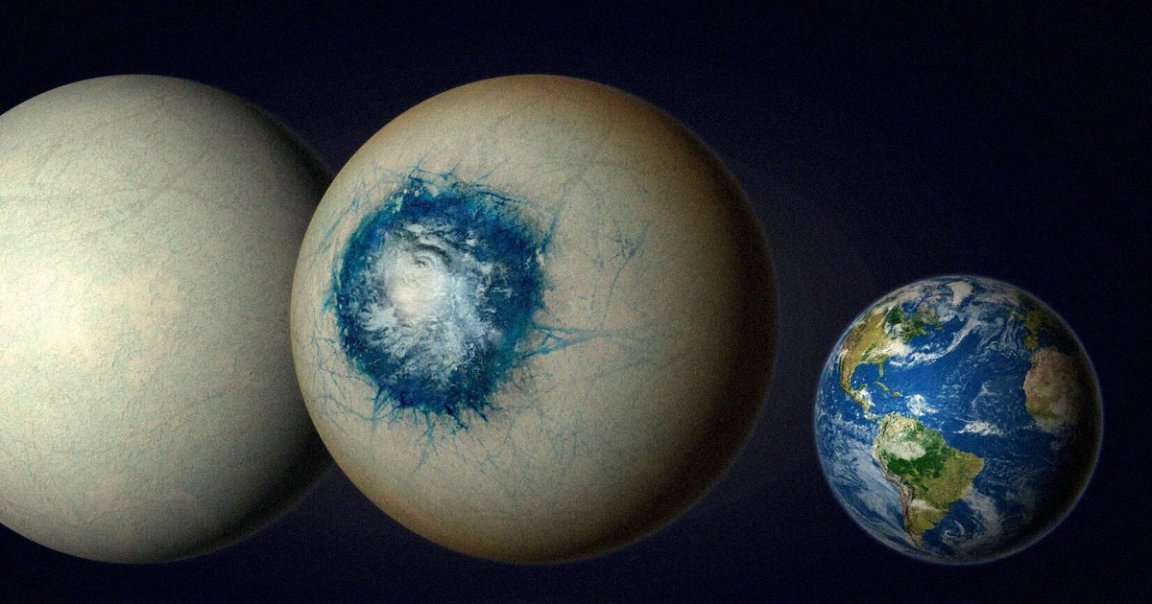
Iceball Home
Using data from the James Webb Space Telescope, researchers have determined that an exoplanet dubbed LHS 1140 b may be an icy water world that could potentially harbor an Earth-like atmosphere and even support life.
The planet, which was previously believed to be a mini-Neptune, meaning a gas dwarf that resembles Neptune and has a thick atmosphere of hydrogen and helium gas, is located only 48 light-years from Earth, and orbits its red dwarf star in the system’s habitable zone. That means it receives enough radiation from the star to technically allow for the existence of liquid water.
However, recent data from the JWST suggests LHS 1140 b is instead a rocky or icy, water-rich “super Earth,” making it an even better candidate to look for extraterrestrial life than initially thought.
“This is the first time we have ever seen a hint of an atmosphere on a habitable zone rocky or ice-rich exoplanet,” said NASA Sagan Fellow Ryan MacDonald, coauthor of a paper accepted for publication in The Astrophysical Journal Letters, in a statement. “Detecting atmospheres on small, rocky worlds is a major goal for JWST, but these signals are much harder to see than for giant planet atmospheres.”
“LHS 1140 b is one of the best small exoplanets in the habitable zone capable of supporting a thick atmosphere, and we might just have found evidence of air on this world,” he added.
Ocean Bullseye
The potentially habitable exoplanet, which was first discovered in 2017 and has over six times the mass of Earth, has already intrigued scientists given its proximity to the solar system. The latest findings are only adding to the excitement.
“Of all currently known temperate exoplanets, LHS 1140 b could well be our best bet to one day indirectly confirm liquid water on the surface of an alien world beyond our solar system,” said lead author and Université de Montréal doctoral student Charles Cadieux in a statement. “This would be a major milestone in the search for potentially habitable exoplanets.”
It’s still too early to conclude if LHS 1140 b is a super Earth that’s cloaked in nitrogen, much like our own atmosphere. But observations suggest anywhere between ten to 20 percent of its mass may be composed of water, which means it could either be a massive snowball or lump of ice with a sub-surface ocean.
The researchers’ analysis also suggests its atmosphere may be nitrogen-rich, supporting such a hypothesis. If that were the case, the exoplanet would sport a 2,485-miles-across ocean on its surface, measuring a balmy 68 degrees Fahrenheit.
“This is our first tantalizing glimpse of an atmosphere on a super Earth in the habitable zone,” MacDonald said. “While we need more JWST observations to confirm the nitrogen-rich atmosphere, and to search for other gases, this is a very promising start.”
More on super Earths: Astronomers Discover Potentially Habitable Planet